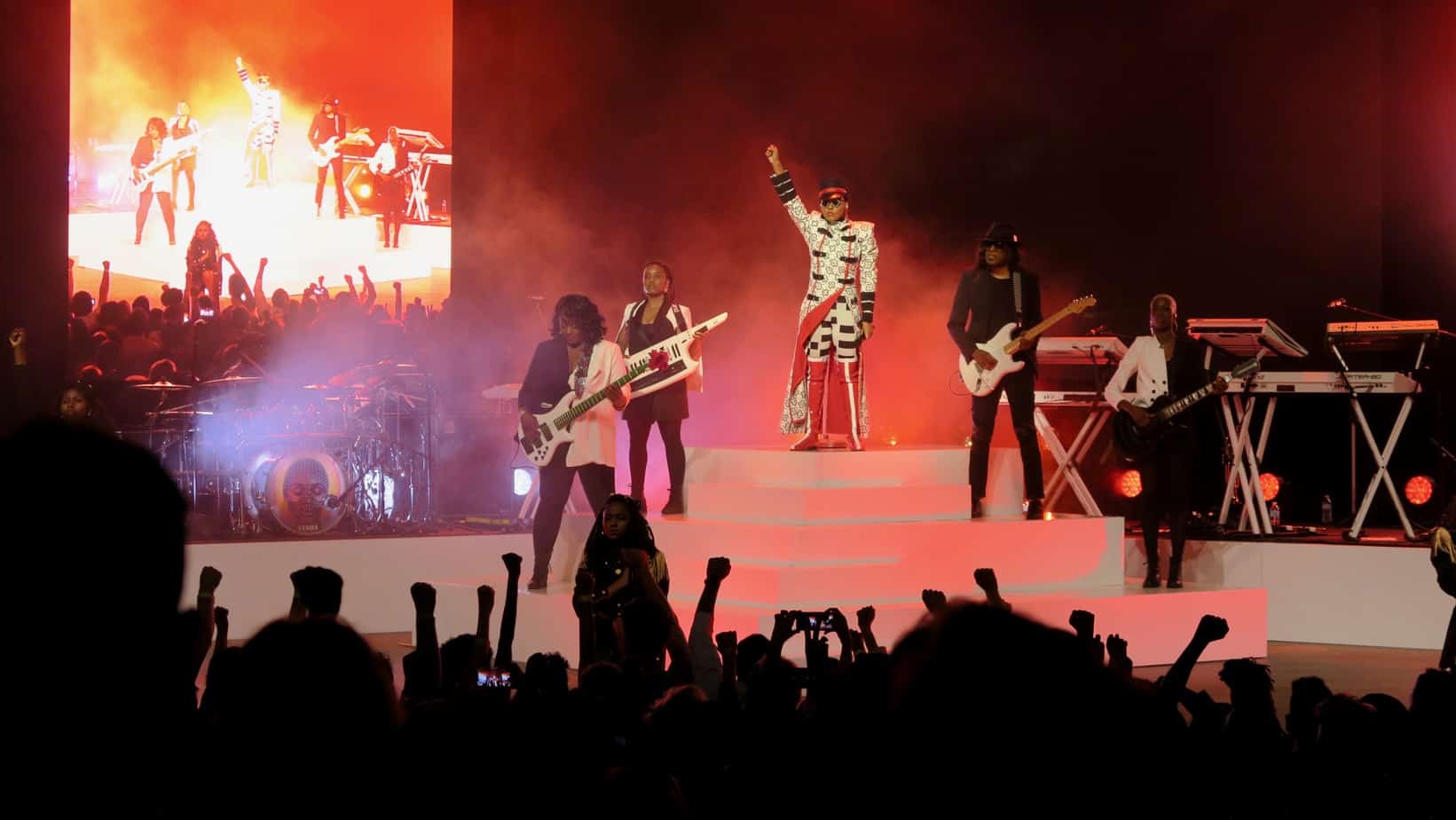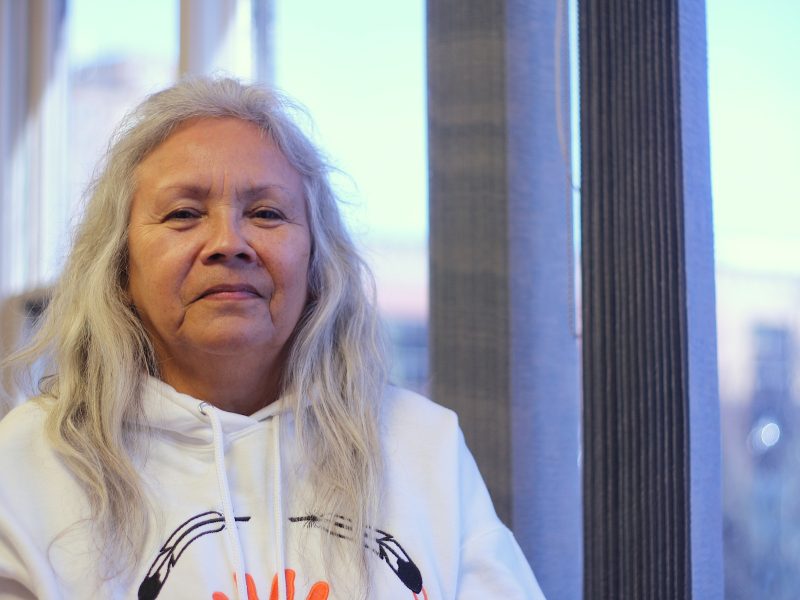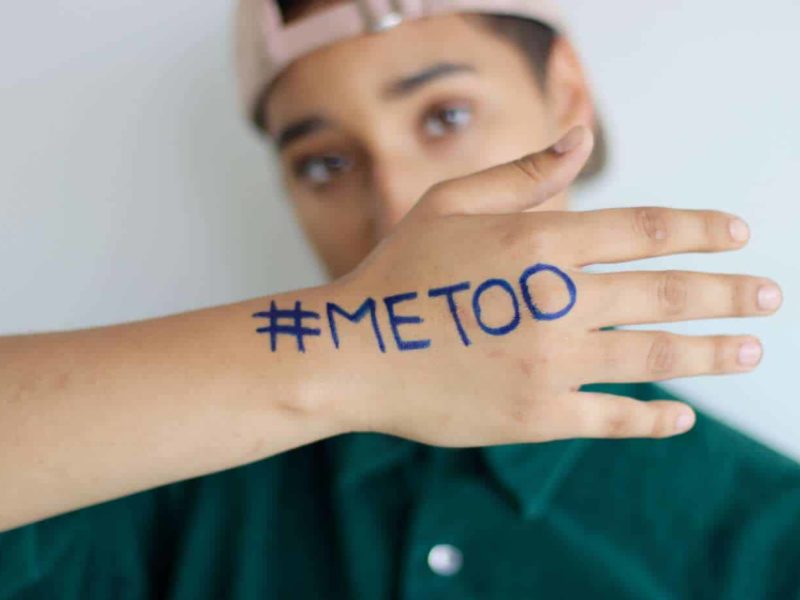
I didn’t really know what to expect from my first Janelle Monáe concert. I grew up watching her carve her own path through pop culture, defying standards of beauty and femininity at every turn. I suppose I expected much of the same from her performance.
When she took the stage at Vancouver’s Queen Elizabeth Theatre last week in a combination of her signature black and white — a longstanding ode to her working class upbringing — and a new splash of bright, unforgiving red, the entire room erupted.
Fists flew up across the room as song after song celebrated Blackness, beauty, and the struggle for acceptance.

The release of Dirty Computer has marked a bold step for Monáe. It’s been hailed as her most political and personal work yet; fearless in its relevance, blatant in its politics, and rare in its celebration of queer Black femininity.
As an album, a performance and an “emotion picture,” Dirty Computer responds to the present political climate of fear and division by building a world of its own.
It’s afrofuturism set to undeniably danceable synth-pop.
I remember watching the music videos for “Q.U.E.E.N.” and “Electric Lady” many years ago, and seeing, as if for the first time, the beauty and power in Monáe’s command of her Otherness, her individuality.
Her music videos inspire a world where femininity, androgyny, queerness and Blackness are not seen as Other, but are celebrated, centred, venerated.

This outright and unapologetic celebration is precisely the energy Monáe brought to her Vancouver show on June 12, 2018.
Songs like “Screwed” and “Pynk” navigated themes of female empowerment and sexual liberation, referencing the Women’s March, gun violence, equal pay and reproductive rights. “Django Jane,” an anthemic rap track loaded with references to historic and contemporary Black artists, painted a picture of Black excellence, while “So Afraid” and “Americans” addressed the anxiety of living in a society driven by division, where Blackness and womanhood are seen as less-than.

The Dirty Computer experience wove these themes together with Monáe’s characteristic confidence. It created a space for everyone to feel seen, a space where differences are cause for celebration, and where the marginalized and misplaced can find acceptance.
In her own beautiful collision of the personal and the political, Monáe led us to a place where we were free to dance, to yell, and to express our individuality with the wild abandon that comes from belonging.[end]



